Gorgeous Rare SWEEEEEEET Big Brother Steiff Tiger Cub Baby Jungtiger Wild Cat
$125.00 Original price was: $125.00.$87.50Current price is: $87.50.
- Quality You Can Count On
- 100% High-Quality Guarantee
- 7 days free returns
- We take quality seriously.

I have always referred to the Steiff standing tigers as “stalking,” which implies a ferocious predator, but this sweet cub does not look ferocious at all. If I had to describe his expression, I might call it “expectant.” He’s a young tiger (“Jungtiger” in German), and this may be the first time he is exploring the jungle on his own. His big glass eyes are wide open with curiosity and anticipation. Jungtiger (henceforth “JT”) is the largest and rarest of the three sizes of the stalking tiger cubs—so rare, in fact, that he is not pictured in Günther Pfeiffer’s book, Steiff Sortiment.
JT has no IDs, so I can’t be precise in determining his date of birth. However, his wonderful glass eyes mean he is a member of one of the two earlier series in which this size tiger cub was produced—either the first one, made between 1954 and 1958, or the next series, made between 1959 and 1964. In fact, the that covers just about the entire production history of this extremely rare cat. He was made only one year more—in 1965 (10 fewer years than either of his two smaller brothers).
There was a “17” in either series that contained this sweet cub—1317,0 for the earlier one and 1317,00 for the next later one. That number denotes JT’s size in the catalogue, measured to the top of his head. By that standard, JT is somewhat puny; he is 5 1/2 inches tall. Of course, you want to know his height to the tips of his ears, so you can give him a comfortable display space. Add another 3/8 inch or so for his ears.
Equally important to vertical clearance, if you intend to display facing forward, you want to have enough depth to your shelf to allow his long tail to rest comfortably at the place it touches the ground naturally. As you can see, JT’s tail exits his body to the left. his front-to-back measurement is 15 inches, so you probably would want 16 inches or so.
By the way, although JT’s tail does not reach out in a straight line from his rear legs, it is in very nice condition. It very has slight internal stuffing separation, which is most noticeable (but only by feel) at the point where it exits his rear end. That suggests that he was once displayed with too little front-to-back clearance, which pushed his tail over to the side. I think it is equally possible that JT left Giengen just the way you see his tail now. And, as long extended tails on Steiff animals go, JT’s tail is in MUCH better condition than most.
I would rate JT’s overall condition as very good—and I mean DESPITE his age, not the meaningless “for his age” you often see. If his same-size brother did not live in my vitrine, I would not know that JT’s colors were anything but original. His stripes look exactly like his vitrine-dwelling brother’s, and his orange is just a slight touch lighter. Likewise, his underside is slightly darker than his brother’s, but his brother, who I would say is “near mint,” also is somewhat less than snow white underneath.
Speaking of underneath, you can see that JT has some wear along his seams, especially at his belly, where the lengthwise and crosswise seams intersect. Of course, his underside is out of view when he stands on display, so this slight area of wear has no impact on his handsome presentation.
There is slightly more wear along the ”v”-shaped seam that separates JT’s face from his chin, but, for the most part, the longer white mohair on his chin and neck is full. I am showing you this in the enlarged inset image in my fourth composite. While I am on the topic of his longer mohair, I will point out that both the front sides of his ears and his sideburns are full.
Another feature of JT’s face is his whiskers, which are halfway diminished from their original number. He has three whiskers on each side remaining from the original six. I don’t think his whisker quotient does much to lessen his display appeal, but with his slight fading, his whisker count is an element that went into my decision to be a bit more conservative in his overall rating than I might have been. I will say, that many (most?) other people evaluating him would still likely say that his condition is “excellent.”
If you want to count JT’s lack of “roar” as another condition deficit, I guess you can, but I always give very little weight in my overall rating assessment to an animal’s silence. What is interesting about JT is that he even retained a weak roar after he arrived. That disappeared after a few tries, so now it is just like he arrived mute. You can still feel his squeaker depress when you squeeze his belly, but the sound you hear now is the crunch of excelsior.
My reason for not counting his silence against him is that it has absolutely no effect on his gorgeous presentation. When you admire him on display, you, or anyone else, would not know whether JT made a sound or not when you passed by him in your vitrine. You’d be immediately taken with his wonderful expression!
I can’t think of anything else to tell you, but please write if you have a question. If you are a fan of Steiff tigers, or the wildcats in general, this beautiful fellow should be in your collection. Or, if you can part with him once you’ve seen him, JT will delight the lucky Steiff person in your life.
WHATEVER YOU DECIDE TO DO ABOUT JT OR ANY OF MY OTHER STEIFF ITEMS, PLEASE BE SURE TO SEE THE ARTICLE I HAVE WRITTEN ABOUT STEIFF ID FRAUD—INCLUDING COUNTERFEIT CHEST TAGS—(AND OTHER IMPORTANT INFORMATION FOR COLLECTORS). YOU WILL FIND THE LINK ON THE BOTTOM RIGHT OF MY SHOP HOME PAGE UNDER “FAVORITE LINKS.” IF YOU HAVE NOT LOOKED AT IT RECENTLY, I UPDATED AND EXPANDED IT IN JANUARY, 2023.
| ITEM ID | RL-2478 |
|---|---|
| COLOR | Black, Orange, White |
| ITEM TYPE | Vintage |
| FINE PLUSH AGE | Post 1950 |
Be the first to review “Gorgeous Rare SWEEEEEEET Big Brother Steiff Tiger Cub Baby Jungtiger Wild Cat” Cancel reply
Related products
Cats
Rare Sweet 17 CM Steiff Black Cat US-Zone Flag For Halloween And All Year Round 1950-1955 Only!

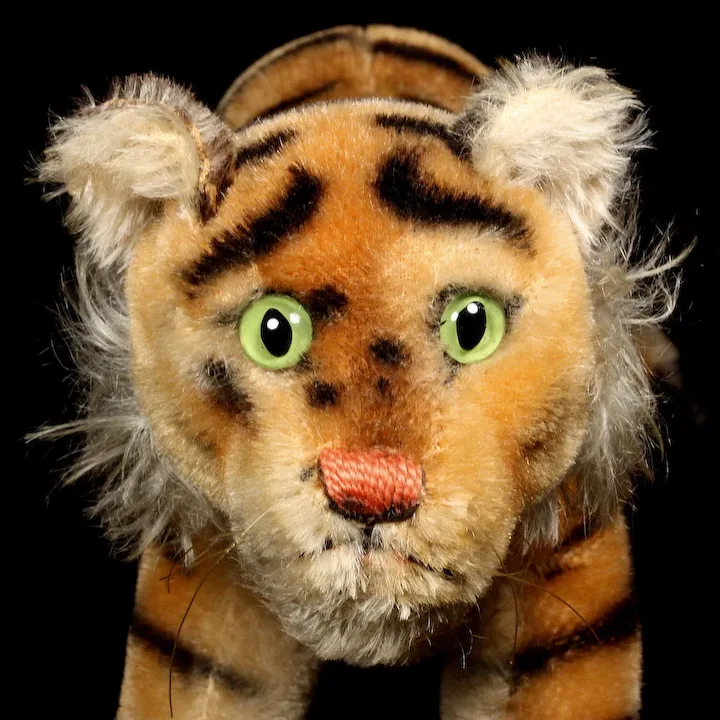


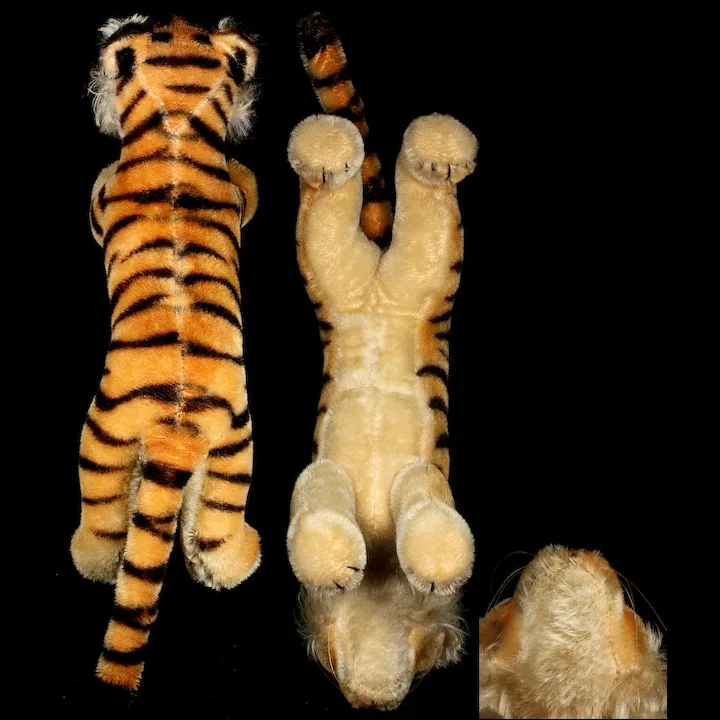

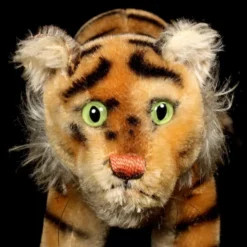
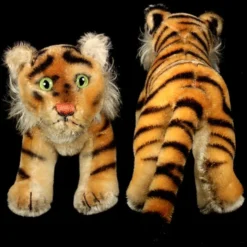
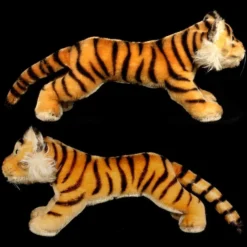
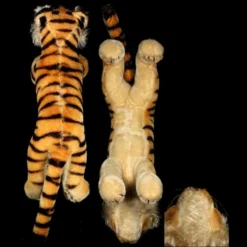
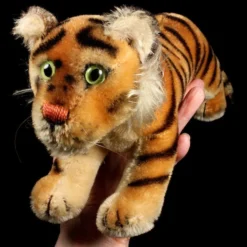

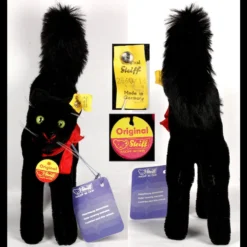
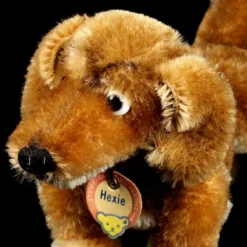
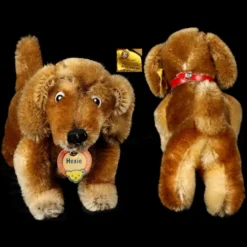
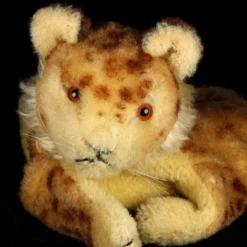

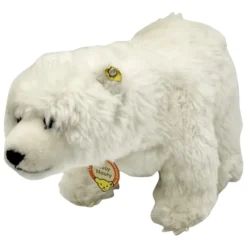
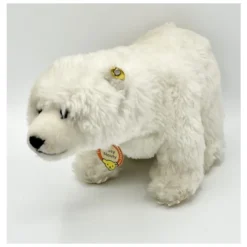
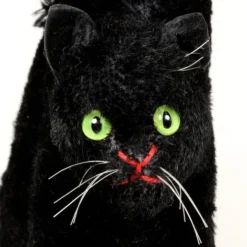
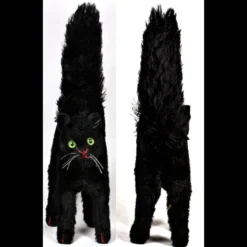

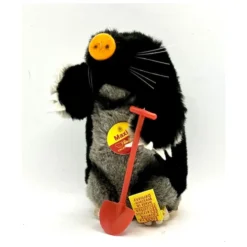
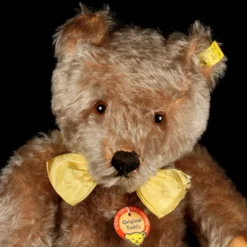


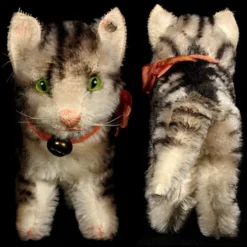
Reviews
There are no reviews yet.